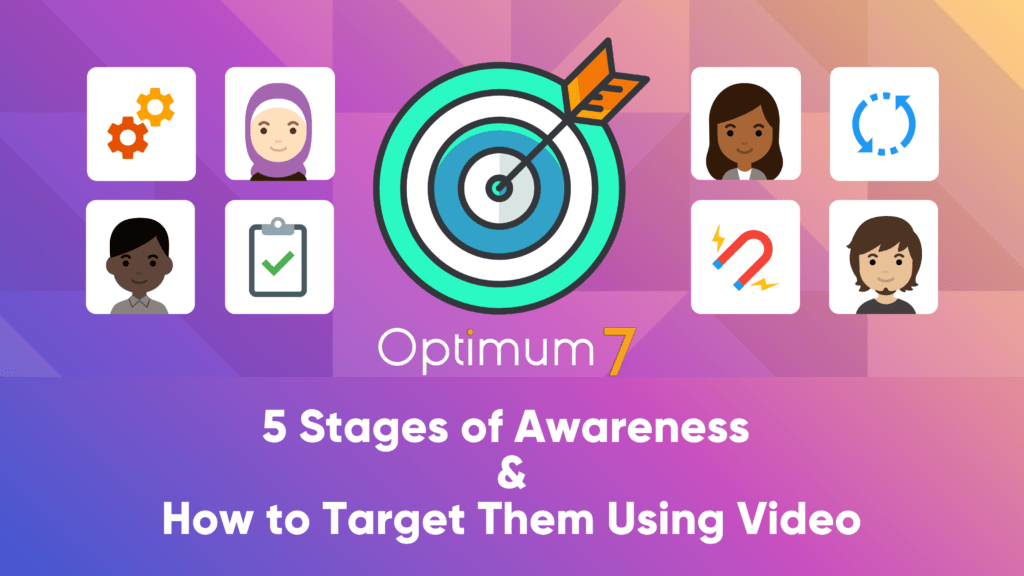 If you ask any designer what the most difficult aspect of his or her job is, you are most likely to get a response that concerns client relationships. If we lived in a perfect world, all clients would understand grids, Helvetica, color theory, and visual hierarchy. However this is by no means a perfect world- which actually does work to my benefit, because if we did live in a perfect world and all my clients knew what I know about design, I’d be out of a job.
If you ask any designer what the most difficult aspect of his or her job is, you are most likely to get a response that concerns client relationships. If we lived in a perfect world, all clients would understand grids, Helvetica, color theory, and visual hierarchy. However this is by no means a perfect world- which actually does work to my benefit, because if we did live in a perfect world and all my clients knew what I know about design, I’d be out of a job.
While dealing with clients in your native country can be challenging enough, working with an international client is a whole new ballgame. There are several additional considerations to take into account. This is not necessarily a bad thing; however, if you aren’t sensitive to these differences, you can wind up under-delivering, miscommunication or even offending your client.
In this week’s article, I will discuss my international design adventures, and provide a few tips that may assist you in your future endeavors.
1. Communication
If you’ve read any of my articles in the past, you know just how much I value communication. In my opinion, it is absolutely essential in the workplace especially within the design industry. When working with international clients, communication can be even more challenging, the most obvious being a language barrier. To avoid potential linguistic problems, be sure to work out the details of translation from the beginning. Does your client speak in your native tongue, or vice versa? If not, who will be translating? How and when should you contact that person? Ask these questions at the beginning, and you’ll save yourself a headache down the road.
If you are designing and implementing an international site on a platform like WordPress, be sure to install and setup a plugin that will translate the dashboard to a desired language. This way, your client and his or her employees will be able to easily understand and update the site as necessary.
2. Time Differences
Another issue with international clients is the possible time difference. In relation to communication, designing internationally can make live phone calls or virtual chats very difficult or even impossible. From the beginning, discuss with your client whether you’ll be working on your calendar or theirs. From there, adjust your execution schedule accordingly. Be sure to finish your work in a timely manner. Do not procrastinate, or you are likely to be forced to work abnormal hours or even miss a deadline.
If you feel that verbal communication will be absolutely crucial during a particular project, schedule phone calls or online chats well in advance. This way you will have time to prepare, and your client will have time to clear his or her schedule.
3. Holidays
In addition to managing your time wisely, it is important to take holidays into account for both parties. Be sure to ask you client if there will be any vacation days or major holidays during the course of the project. Don’t forget to mention any holidays for yourself as well, so you’re client will understand when you will and will not be available.
4. Unicode
Computers work with numbers, not letters. Although they obviously display letters, this is only because each character has a number designated through a system of encoding. Unicode provides a unique number for every character on any platform, program, or language. Be sure to include Unicode if you’re adapting a site for multiple languages. Even if you are not translating the entire site, it is important to use Unicode so characters unique to other languages, such as those in a brand name, will display properly.
5. Color
Just as each culture has its own set of unique customs and traditions, it also comes with a different set of interpretations on color theory. For example, in Western cultures, red is seen as a passionate or even dangerous color, but represents purity in India and luck in China.
Before sending your standard design questionnaire to a client, review it to see if there are any holes. Be sure to ask questions concerning the types of symbols and colors that should and should not be used throughout the design process.
6. Translation
As a designer, it is not your responsibility to translate text. Translation needs to come from your client, or someone hired on behalf of the project. Do not attempt to enter a section of text into a free online translation service and expect an accurate result. Each language has its own dialect depending on the region. Language is not universal for any entire country. Just think about the different words Americans use to describe a submarine sandwich- grinder, hero, hoagie, sub…if we have this many words to describe a sandwich, think how many words we might use to describe things that are actually important! The same holds true for any country: many words describe many things, and use of these words is often dependent on the region / dialect.
7.Type Choices
If you are working to design a site that will use Chinese or Arabic characters, be sure to display type at a legible size. This size is often a bit bigger than you’d use for Latin-based languages.
Also, in regards to type, be very careful with custom fonts. Because of the @font-face CSS attribute, customized typefaces have become very popular as of late. When choosing typefaces for your site, be sure to review the full character map to ensure that you will have the ability to display all the necessary words, numbers, and symbols.
8. Length of Words
The length of words obviously differs from language to language, but why is this important for designers to understand? Think about your navigation. Does it display across the top of the page. (Or rather, does it display like that on a large desktop- since I know you are using responsive design, right?)
Consider how site navigation might look in a different language. For example, German is notorious for having extraordinarily long words. Will a horizontal navigation serve the language constraints, or is a vertical navigation a better option? Keep this in mind throughout the design process.
The Takeaway
Thanks to the magic of social media and search engines, designers today have the opportunity to connect with clients from across the globe. By being sensitive to their needs, understanding of their culture, and respectful of their customs, designers can create solid, long-lasting relationships that have the possibility of leading to referrals.
Are you looking for a designer with experience on an international level? Contact us for information on why you should choose Optimum7!






